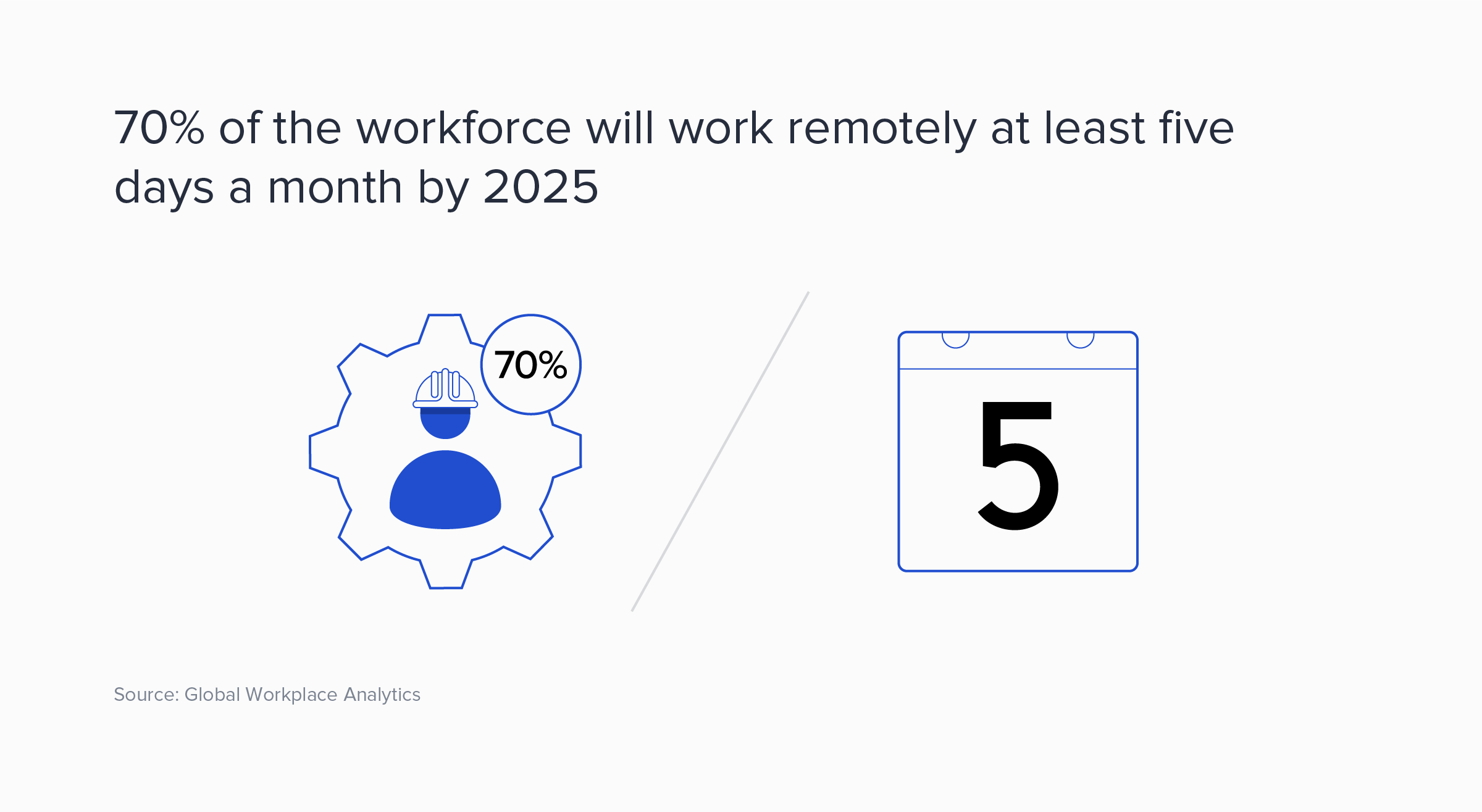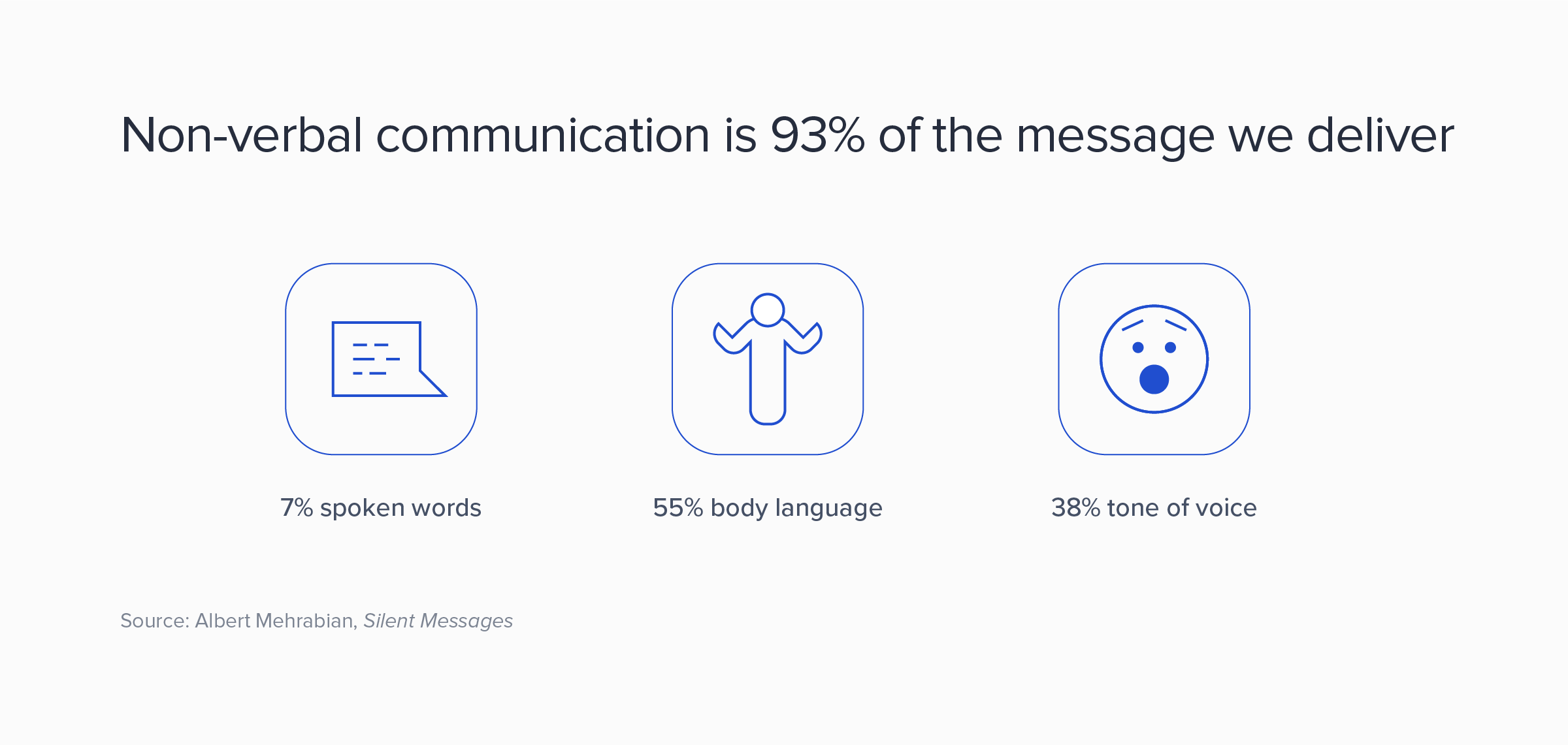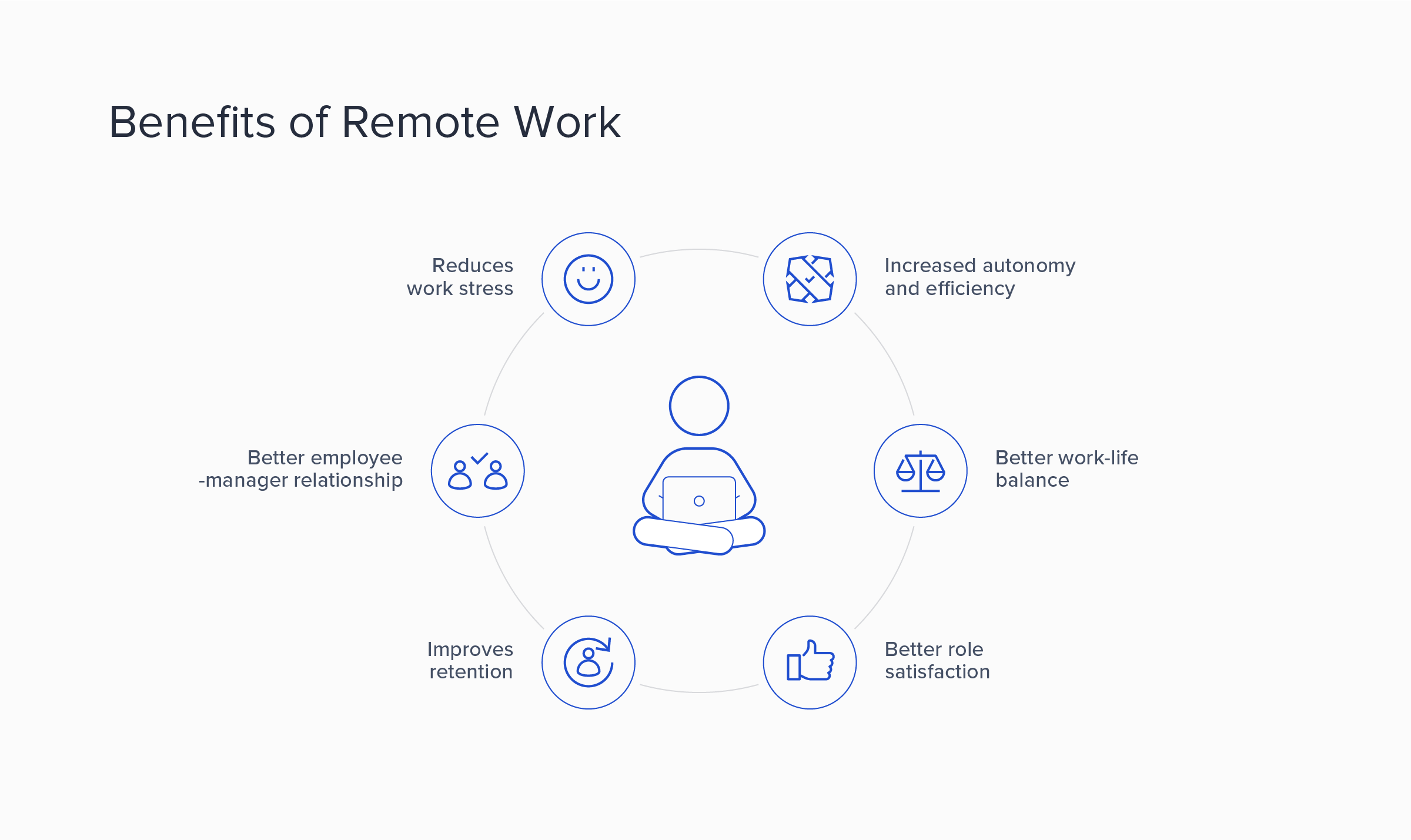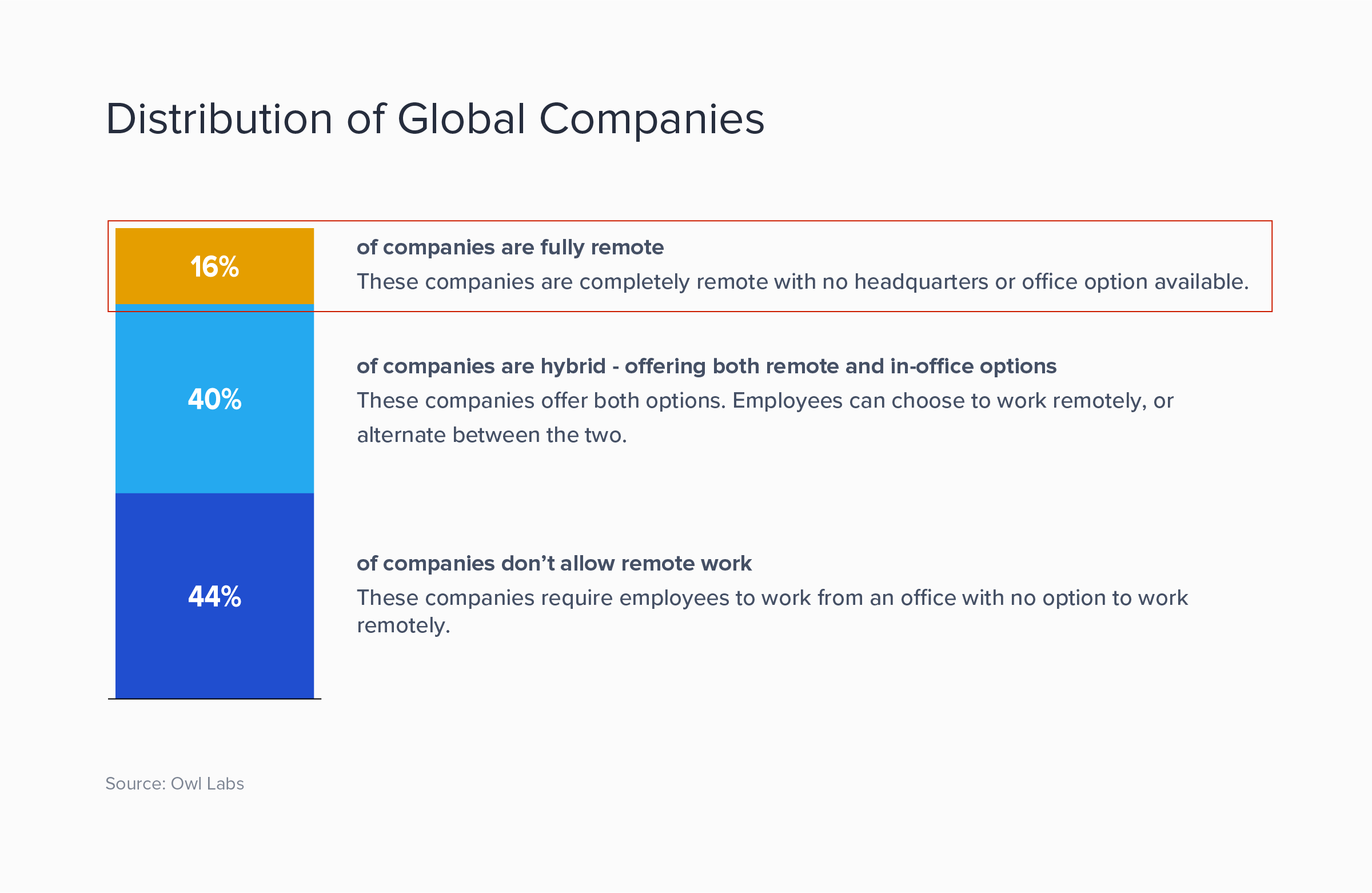Making Remote Work: Why Do Blended Teams Really Fail?
authors are vetted experts in their fields and write on topics in which they are extremely knowledgeable. All of our content is peer reviewed and validated by world-class professionals.

This article was originally published prior to the COVID-19 pandemic that resulted in a massive shift to remote work. Its insights remain helpful for companies and individuals adapting to this way of working.
Everyone wants the optimal work-life balance. It’s not just a nice perk to offer anymore or something accessible only to those who decide to go freelance. An estimated 70% of the workforce will work remotely at least five days a month by 2025, according to Global Workplace Analytics.

It’s no wonder remote work is on the rise. The work-life balance that can be achieved working remotely is incomparable to any other policies or perks companies may offer. The benefits are not just for individuals. For organizations, remote means reducing expenses and being able to easily access worldwide talent. Some argue vehemently that optimizing for the new talent economy is no longer an option.
For team leaders and managers managing remote teams or partially remote (blended) workforces, unique challenges arise, and the success of a blended program hinges on how these challenges are addressed. In Part 1, I’ll examine the unique challenges that remote work creates for teams and their managers and unpack some of the underlying drivers of why blended workforces have failed in the past.
How Do We Drive Team Effectiveness Remotely?
Working remotely—partially or entirely—is a big change in our company environments. We move from traveling to someone’s desk to ask a question to pinging them on Slack or Microsoft Teams and waiting for their reply. We go from making jokes next to the copy machine to working silently on our own. From grabbing a spontaneous coffee with a coworker to visiting the coffee maker in our kitchen, alone.
And that’s just day-to-day routines. How about meetings? Work relationships develop over time with face-to-face interaction. Non-verbal communication is 93% of the message we deliver (55% body language and 38% tone of voice), while just 7% is composed of our spoken words. So, what happens if we consistently meet over a voice-only conference call instead? How can managers create confidence and respect in their team from afar while fostering a culture built on respect and high expectations?

On top of that, in a world where innovation moves faster than ever, it’s necessary to be able to access the best talent. A broad approach is best, which means having heterogeneous teams that include permanent full-time or part-time employees, freelancers, and talent from internal networks, on-demand talent platforms, and more. A total talent management approach is warranted: a holistic way to look at teams beyond contract type or location.
All of this creates a huge shift in our work environments that has a massive impact on how we lead and manage remote teams, too.
“Going Remote” Isn’t a Panacea (and Other Cautionary Tales)
Many sources claim that a remote environment impacts how we manage and lead teams in a negative way. Even more so when the team is blended—i.e., when some employees are working from an office and others are working from home.
A study performed by Timothy D. Golden and Allan Fromen looked at 11,059 answers from a survey sent to employees in a Fortune 500 company. The results show that, even though the impact was modest, having a manager working remotely negatively affected the employees’ work experiences (feedback, clarity, empowerment, professional development, workload) and outcomes (job satisfaction, turnover intentions, work climate).
Take Yahoo, HP, or Best Buy as another example. All of them are Fortune 500 companies, and HP and Best Buy are both Fortune 100. They all banned their employees from working from home back in 2013. All three claim that they need more in-person collaboration to solve big problems companies were facing when recovering from the recession. IBM—another Fortune 100—followed suit in 2017 with the same objective: foster collaboration to solve organizational problems (they never recovered from the recession—revenue has declined markedly ever since).
In a more controversial case, in 2014, it became known that the U.S. Patent and Trademark Office was under investigation. Whistleblowers had reported that remote workers were widely abusing the program by overbilling hours. The final report concluded that these allegations were impossible to verify. Because of stories like these, many have assumed that driving team effectiveness remotely can’t be as efficient.
Louis Mosca, CEO of American Management Services, appeals directly to our ambition as leaders and managers when questioning the effectiveness of leading remote teams: “Are you able to name one CEO of a Fortune company that came up through the ranks by way of his or her kitchen table?”
Rather than suggesting that leading remote teams is always a bad idea, these sources act as a caution. We shouldn’t underestimate the complexity of leading modern blended, complex teams. Also, going remote won’t fix bad attitude, culture, plummeting earnings, or subpar leadership.
Blended Workforces Require Management Buy-in
The U.S. Patent and Trademark Office's investigation didn’t lead to any particular result, and the Golden and Fromen study surveyed employees of one company only. So, just because leading remote teams didn’t work there, we can’t assume that the same is true for any other company when we don’t have any insights on why (though we can guess).
In fact, Best Buy admitted that their program was “fundamentally flawed from a leadership perspective.” The same is true about Yahoo. Then-CEO Marissa Mayer was hired to tackle a culture problem in the company, but remote workers were a small portion of the employees, which tells us that the culture issue had to be running deeper than that. In order to make changes quickly, she assumed the solution was to bring everyone into the same offices. IBM, despite having had 40% of its workforce working remotely for years, also made the decision to ban working remotely with the hopes of improving collaboration by bringing everyone to the same offices.
The one element that is clear from these cases is that blended workforces require buy-in from the top in the form of formal policies like mandated video meetings, the proper technology, and a culture of collaboration from any locale. Without these policies, remote employees may perceive a lack of inclusion, on-premise employees may feel resentful, and communication and productivity of the organization suffers.
Blended Workforces Thrive in the Right Environment
Many studies about remote work shed light on the benefits of working remotely. This one from Harvard is especially interesting because it shows a 4.4% productivity boost on remote workers from... the U.S. Patent and Trademark Office! They’ve been conducting a study with remote workers since 2012—before the alleged overbilling controversy hit the news. Scholars at Penn State University have analyzed 46 studies on telecommuting and found that working remotely increases perceptions of autonomy, work-life balance, role satisfaction, retention, and even improves the employee-supervisor relationship. It also reduces work-related stress. On top of all that, they didn’t find any evidence that working remotely is directly linked to weaker relationships at work or subpar collaboration.

A multitude of other successful companies—especially fully remote companies—prove contrary to the negative examples above. At Remotive, a total of 2,501 companies are currently hiring for remote positions, 168 of which are 100% distributed. Globally, 56% of companies are either fully remote or offering both remote and in-office positions. The success of fully remote organizations proves the possibilities remote work offers, but going blended presents major hurdles. In order to maximize access to the world’s best talent, companies have to face them head-on.

Enabling remote work and creating a total talent management strategy isn’t an option anymore. Companies stand to lose far too much in terms of access to critically needed talent to drive their initiatives, agility, and ultimately, competitiveness. The positive side of all this is that working with a blended or fully remote workforce is a new challenge, which presents opportunities for innovative solutions.
In Part 2, I analyze an academic study conducted to this effect: Leadership Effectiveness in Global Virtual Teams. In this study, conducted on fully remote teams, I will uncover the secrets to driving success in blended teams with remote members.
